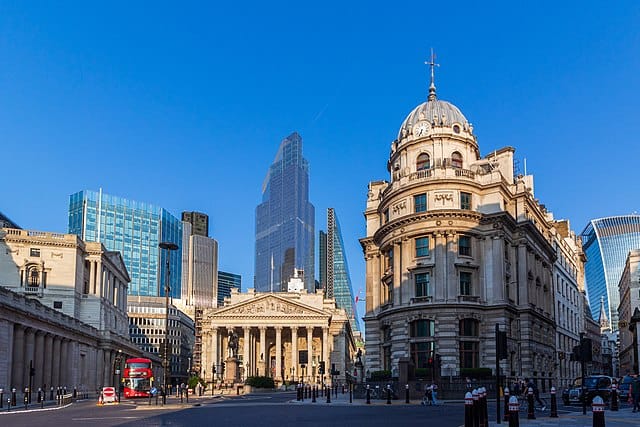The City of London: A Historical and Financial Powerhouse

The City of London, often simply referred to as "the City" or "the Square Mile," is a historic and financial district located in the heart of Greater London. It is one of the oldest parts of London, steeped in history, yet it stands as one of the world's leading financial centers. This unique blend of rich heritage and modern commerce makes the City of London an intriguing destination for visitors and an essential hub for global finance.
Historical Significance
The City of London has a profound historical significance, with roots that trace back to Roman times.
Ancient Origins
- Roman Londinium: Established by the Romans around AD 50, Londinium served as a major commercial center. Remnants of Roman walls and buildings can still be seen today, offering a glimpse into the ancient past.
- Medieval and Renaissance Periods: During the medieval era, the City became a bustling market and trade center. Landmarks such as the Guildhall, dating back to 1440, and the Tower of London, established by William the Conqueror, highlight its historical importance.
Key Historical Sites
- St. Paul's Cathedral: Designed by Sir Christopher Wren and completed in 1710, St. Paul's is an architectural masterpiece and a symbol of resilience, having survived the Great Fire of London and the Blitz.
- The Monument: Commemorating the Great Fire of London in 1666, this towering column offers panoramic views of the City.
- The Tower of London: This historic fortress has served as a royal palace, prison, and treasury. It is home to the Crown Jewels and is a UNESCO World Heritage Site.
Financial Hub
The City of London is synonymous with finance and is one of the leading financial districts in the world.
Financial Institutions
- The Bank of England: Founded in 1694, the Bank of England is the central bank of the United Kingdom and plays a crucial role in the country’s economy. Its museum offers insights into its history and functions.
- The London Stock Exchange: One of the oldest stock exchanges in the world, it remains a vital part of global financial markets.
- Lloyd’s of London: This insurance and reinsurance market is renowned for its unique approach to risk management and insurance services.
Modern Skyscrapers
- The Gherkin (30 St Mary Axe): Designed by Norman Foster, this iconic building is a symbol of modern architecture in the City.
- The Shard: Although technically just outside the City limits, this towering structure is part of London’s financial skyline, offering breathtaking views of the City.
Cultural and Social Landscape
Beyond its financial and historical significance, the City of London offers a vibrant cultural and social scene.
Museums and Galleries
- Museum of London: This museum chronicles the history of London from prehistoric times to the present day, with extensive exhibits on the Roman and medieval City.
- Barbican Centre: A leading arts and cultural venue, the Barbican hosts concerts, theater performances, art exhibitions, and film screenings.
Dining and Entertainment
- Historic Pubs: The City is home to some of London’s oldest pubs, such as Ye Olde Cheshire Cheese, frequented by literary figures like Charles Dickens and Samuel Johnson.
- Modern Dining: Alongside historic eateries, the City boasts a range of contemporary restaurants offering diverse cuisines, from Michelin-starred establishments to trendy street food markets.
Infrastructure and Transportation
The City of London is well-connected, making it accessible for both business and tourism.
Transportation
- Public Transport: The City is served by several London Underground lines, including the Central, Circle, District, and Northern lines. Key stations include Bank, Liverpool Street, and Moorgate.
- Rail Services: Major rail stations such as Liverpool Street and Fenchurch Street provide national and international connections.
- Cycling and Walking: With its compact area, the City is pedestrian-friendly and encourages cycling, with numerous bike lanes and rental services available.
Governance and Administration
The City of London has a unique administrative structure, distinct from the rest of Greater London.
The City of London Corporation
- Historical Governance: The City is governed by the City of London Corporation, one of the oldest local authorities in the world. Its origins date back to medieval times.
- The Lord Mayor: Unlike the Mayor of London, the Lord Mayor of the City of London represents the financial district and is a key figure in promoting the City’s financial services worldwide.
Conclusion
The City of London is a dynamic and multifaceted area that beautifully merges its ancient past with its role as a global financial powerhouse. Its historic landmarks, cultural venues, and modern infrastructure make it a fascinating destination for tourists, while its financial institutions solidify its status as a key player in the global economy. Whether you're exploring its rich history, enjoying its cultural offerings, or engaging in its bustling financial scene, the City of London offers a unique and enriching experience.



